High fashion start-up use Kinect and HoloLens for futuristic retail experience
3 min. read
Published on
Read our disclosure page to find out how can you help MSPoweruser sustain the editorial team Read more

Today’s high street stores are competing against online retailers that offer a vast range of choices and customization, which has resulted in stores exploring new technology to level the playing field.
One Milan-based startup wants to draw in shoppers by letting them customise what they want to buy, see and touch the materials person, and confer with a salesperson (if they want) before they order.
“Customers are tired of being constrained to buy what is available in stores,” says Andrey Golub, co-founder and CEO of ELSE Corp., named one of “The 10 Startups Redefining Italian Fashion” by Forbes last spring. “They come to a store, and their attitude is, ‘If we find something, maybe it’s good, maybe it’s not so good, but if it’s discounted, maybe I will buy it.’”
Golub’s company has developed a system of “virtual retail,” which he also calls “no-stock retail,” for customers, companies, brands and manufacturers.
“Technology-driven innovation and shifts in consumer behavior are pushing brands to create retail experiences that are more appealing, less time-consuming and more personalized,” Golub says. “Personalization is really the driving influence,” and it “gives consumers an unprecedented level of control in every step of the creative process” and a “made-to-order” experience.
E.L.S.E. (Exclusive Luxury Shopping Experience) can be integrated into any retail apparel environment to sell customizable, made-to-order products and features a “Universal 3D product configurator,” to aid in visualization and personalization. Soon, it will also be available using Microsoft HoloLens.

A customer will be able to walk up to its “Virtual Brand Corner,” which is a physical area located within the store. Artificial intelligence (AI) and virtual reality tools then scan the customer’s measurements. The customers can touch real product samples to choose materials, accessories and colors. And they can see how a garment will actually look on them because they can view a realistic, 3D virtual image of the product they’ve selected.
“We can scan the body. We can visualize in 3D the products, how they’ll look, and find the best fit. We can let the customer see different combinations of products – the color, the materials, you can touch them in the store, decide which one looks better on you, and the assistant will give you style advice,” said Golub. The end product is delivered in a few weeks.
Brands like Michela Rigucci, Thierry Rabotin and sustainable footwear brand Fera Libens have already embraced the new approach.
“With retail hurting worldwide,” said Golub, “this gives manufacturers another way to be successful.”
“Selling customized products is a totally different approach than online retail,” he says. “Our focus is not on what is already produced for clothing, but what will be produced. The mission of e-commerce companies is to find a customer for products that already exist. We say, we want to help a customer in a totally different way, where there is a possibility for a customer to discover and to find an ideal product.”
See the system in action in the video below:


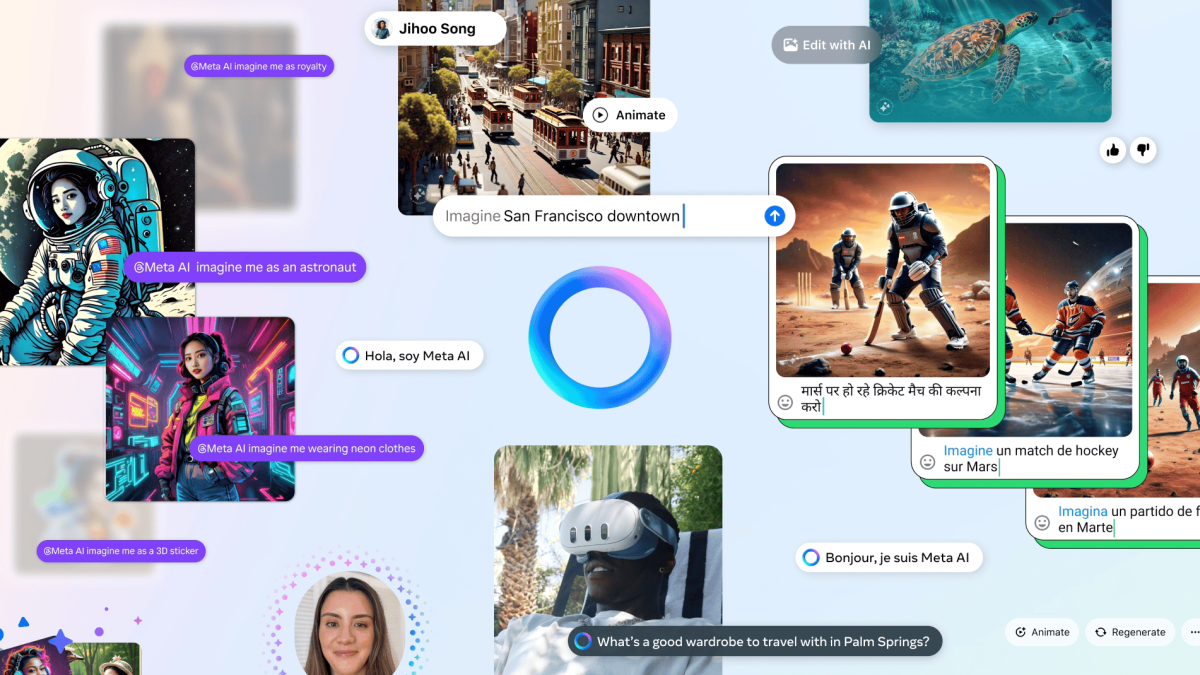


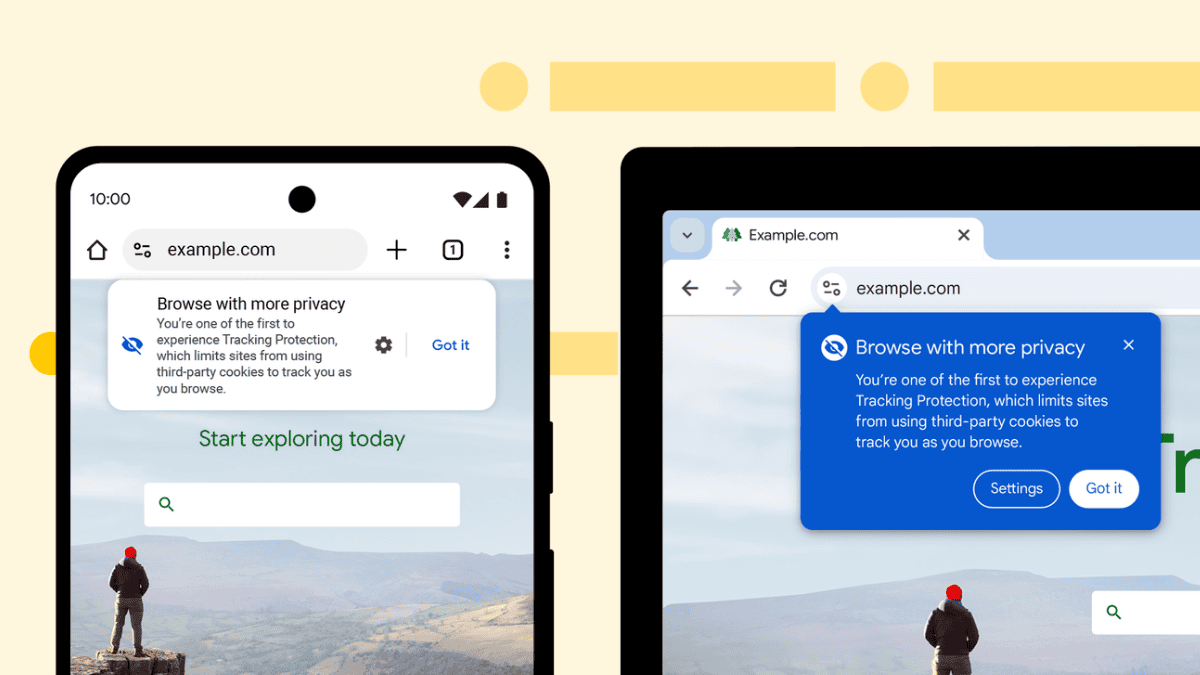
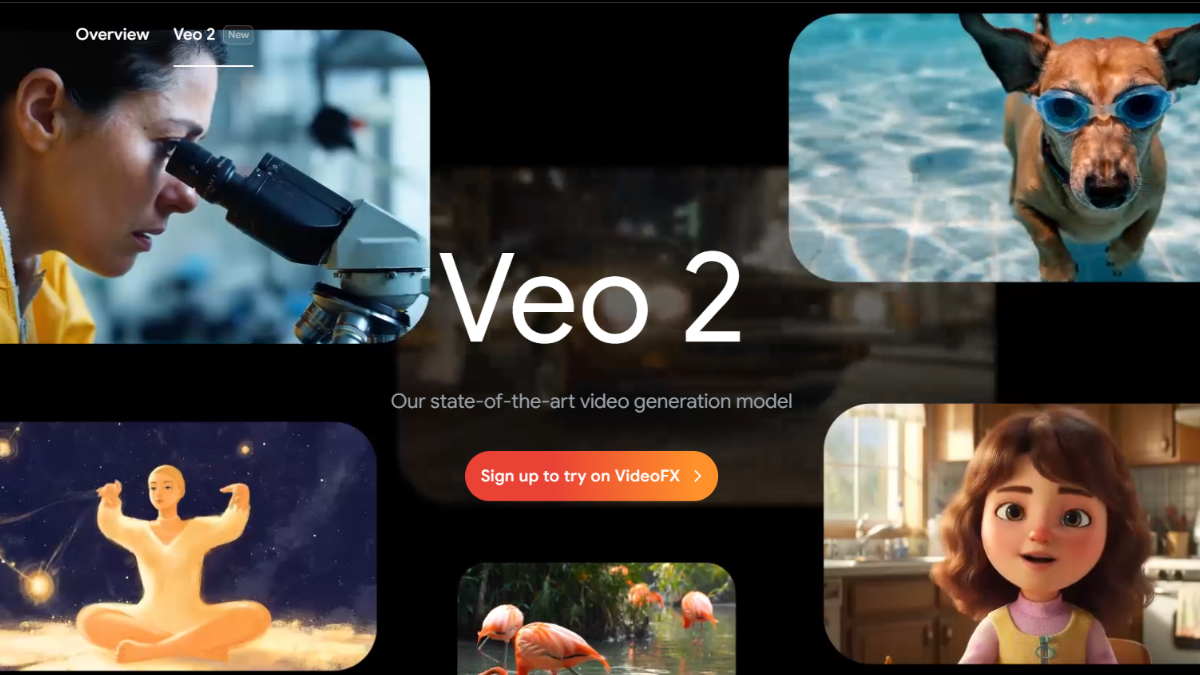
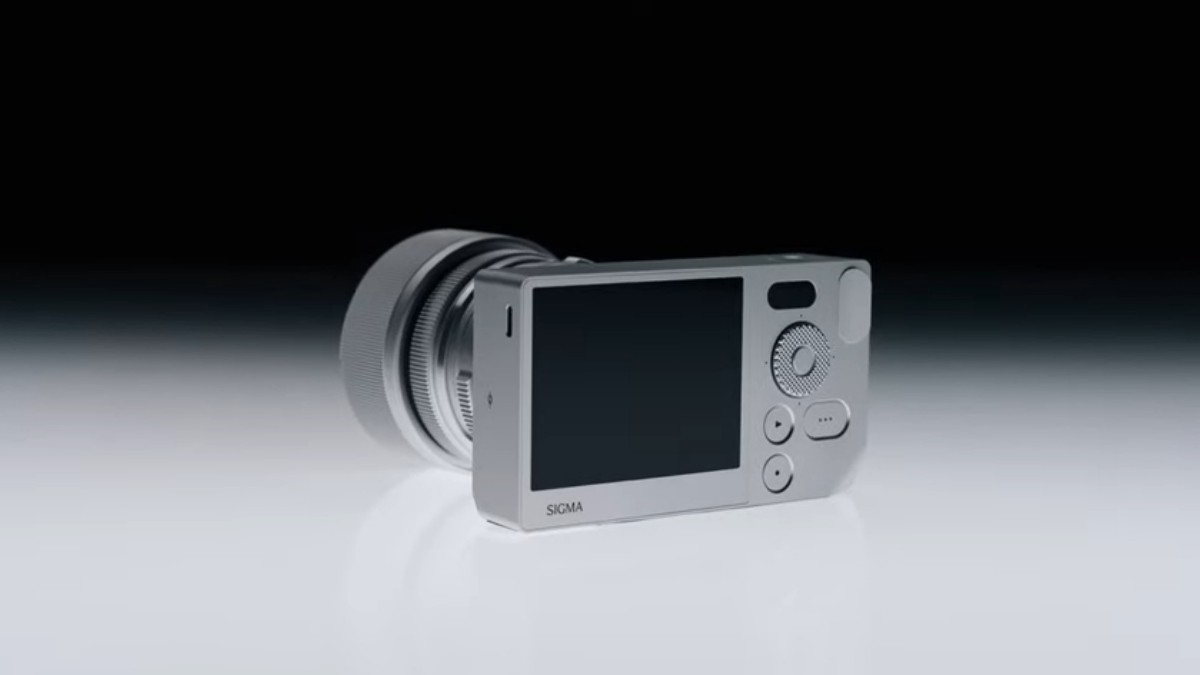
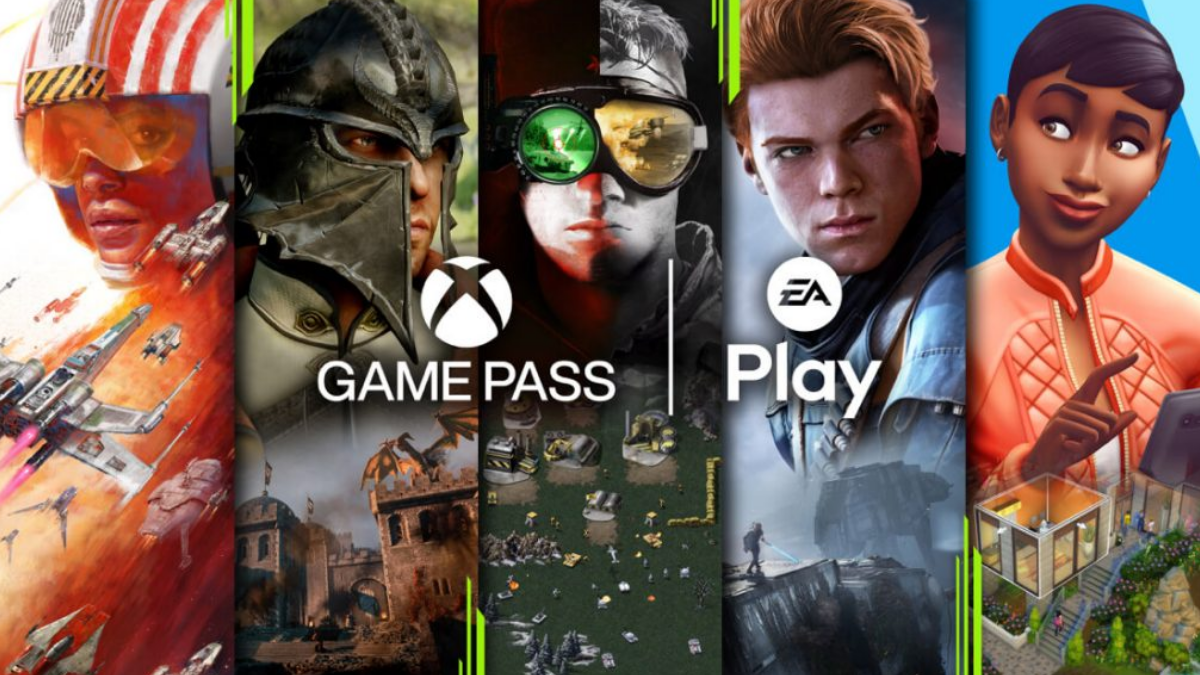
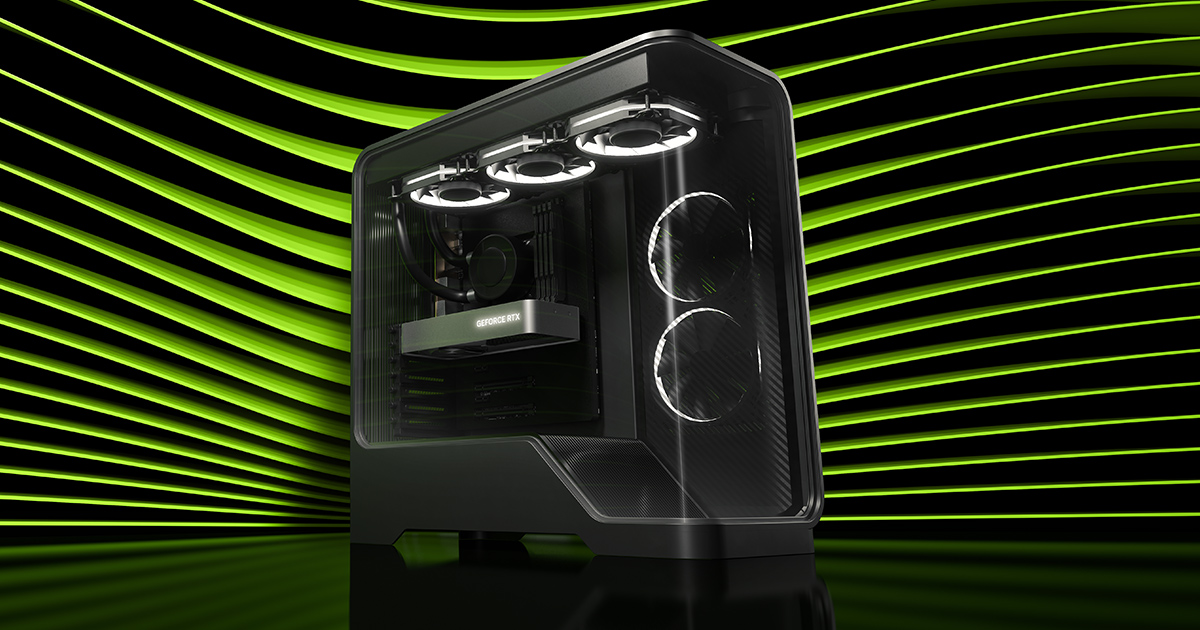
User forum
0 messages